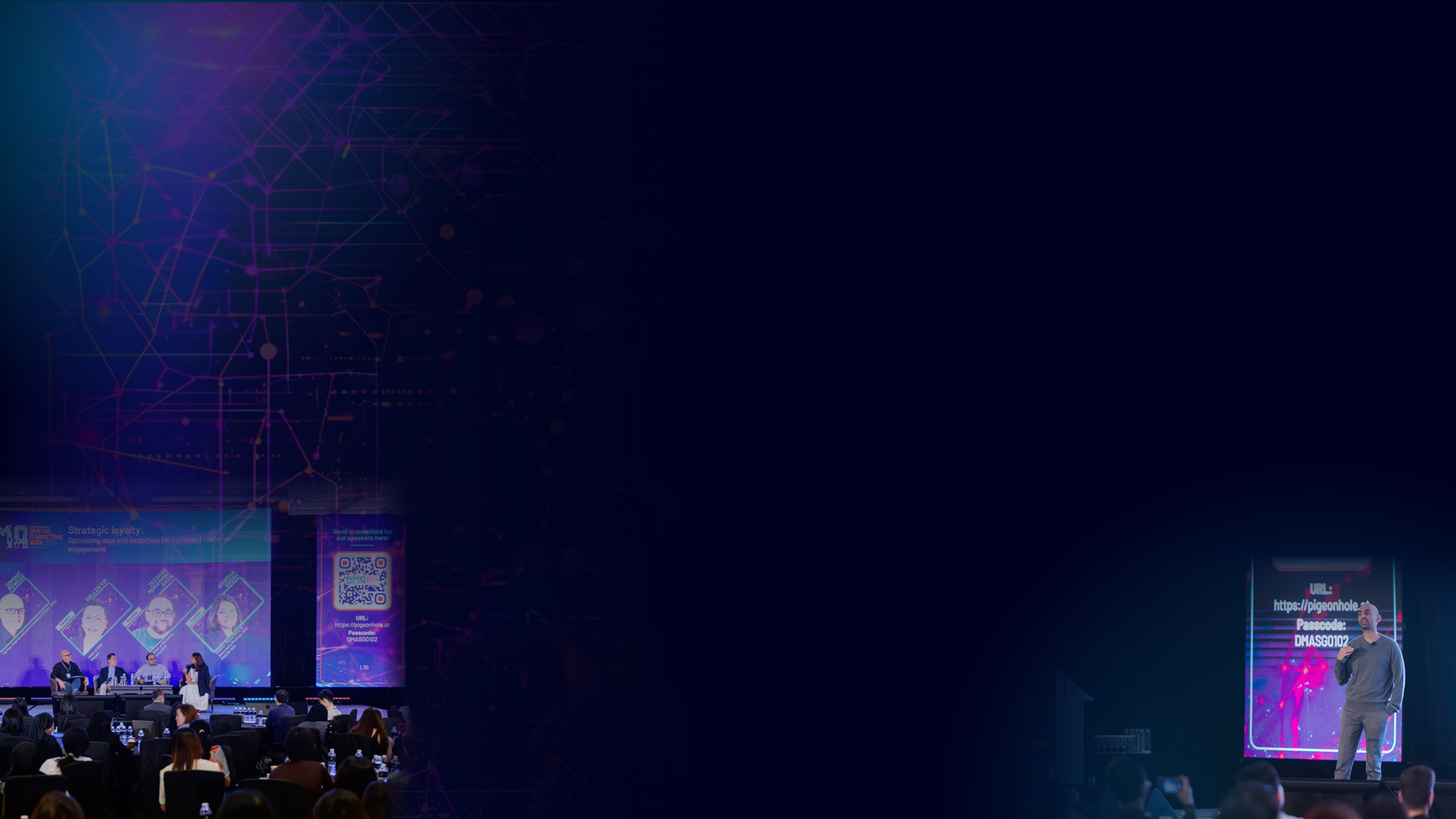



Perodua attempts to rescue image after car debacle: What brands need to do to combat selective framing
share on
Car company Perodua has been in the hot seat this week after it denied not taking appropriate action to resolve an issue with a customer whose car stopped working the same day she purchased it.
In a recent update about the incident, Nagakanni Subramaniam, the affected customer, said that Perodua will buy back the faulty vehicle and that she will receive a refund for her previous payments. The brand also offered to allow her to buy another car with the same monthly loan rate or for her to buy another car.
Unfortunately, Perodua's words are coming a little too late as its name has already been dragged through the mud.
Don't miss: Perodua in public battle with customer: Can it redeem itself?
The incident began when Subramaniam took to Facebook to share that her car had stopped working the same day she bought it. After visiting the company's service centre, she was told that the car’s engine was broken which prompted her to request for a replacement.
Subramaniam also said that customer service asked her to apply for a new loan to get a new car while she was still paying off the monthly car loan instalments of RM537 for her damaged one. After over two months of the situation being unresolved, Subramaniam decided to take to social media to receive a response.
In response, JH Rozman Jafar, chief operating officer for Perodua Sales said that Perodua has been in constant communication with Subramaniam since October last year.
“Since then, we have taken several actions to resolve the matter including by offering her a courtesy car and we have proposed to buy back her car,” he added.
Perodua also denied allegations that no action has been taken to resolve the issues and said that it has told Subramaniam that her case was being prioritised, according to the statement.
Subramaniam then took to Facebook to respond to the statement. She said in Malay that she wanted to correct some misinformation. She clarified that while Perodua did take action to resolve the matter, its solution was for her to submit a second car loan and buy a second car.
This was done without a definitive agreement to say that the company would buy back the first car and that she will not have to pay the first loan. She added that it has been over two months, and the car company has not provided her with details about purchasing the car back, repaying the loan and more.
While the very public exchange has since been resolved, brand sentiments for Perodua have since plummeted. According to media intelligence firm dataxet:nama, sentiments for the brand were approximately 74% negative following the incident with some individuals calling for a boycott of the brand.
Conversely, only 2% of respondents expressed support for Perodua and believe that individuals such as Subramaniam only aim to undermine Perodua's credibility, potentially orchestrating a sabotage to tarnish the brand. Essentially, that the incident is a result of selective framing made to make the brand look bad on purpose.
With social media and the ability for simple words to be taken out of context, selective framing has been pulled into the spotlight even more as many look at how it can negatively shape a brand’s narrative and reputation.
So, what can brands do about it and how can they successfully navigate these issues?
An insidious shaper of brand narratives
It is first important to recognise that in the vast digital world of social media, it has become difficult for brands to track all types of content created about them and who comes into contact with posts that deliberately portray the brand negatively, according to Syed Mohammed Idid, general manager, strategic communications and stakeholder engagement at West Coast Expressway.
Posts that use selective framing and insinuations have become a silent assassin to public relations strategies, subtly shaping perceptions and swaying narratives through carefully crafted visuals and veiled suggestions, explained Syed.
“This potent cocktail can lead to devastating consequences for brands and individuals alike, spawning fake news, fostering negative perceptions, and ultimately damaging reputations,” Idid said, adding:
Selective framing can erode trust even in the most loyal of customers regardless of the truth.
He explained that this was because it can plant seeds of doubt and exploit pre-existing biases to create a self-perpetuating echo chamber of negativity.
Balancing being proactive and reactive
To combat this, brands need to be both proactive and reactive, according to David Ko, managing director of RFI Asia
“Negative comments, misleading posts, and false insinuations can spread like wildfire, often leaving companies in a position where they must defend their image to the public,” he added.
While a knee-jerk reaction to the wildfire spread of negativity would be to nip it in the bud straight away, a reactive communications strategy might add fuel to the flame instead, he explained.
“When a crisis looms, the first instinct may be to clamp down on all negative discourse, but that can often backfire, drawing more attention to the issue. A more effective strategy is to closely monitor online conversations, identifying the most relevant and influential voices,” said Ko, adding:
Not every negative comment will snowball into a full-blown crisis, and understanding the real impact on stakeholders is key to deciding the level of response required.
Reshaping a brand's social narrative
If and when a brand decides to address these negative posts, they should acknowledge and utilise the power of their own social media platforms in reshaping the brand’s social narrative, according to Syed Moheeb Kamarulzaman, president of Chartered institute of Islamic finance and Council of the Associations of Seniors in Islamic Finance.
This might involve creating and sharing content that provides context, clarifies misconceptions, and reinforces the brand's values and commitment to its customers, he said.
Kamarulzaman also said that brands can consider collaborating with influencers and advocates who can help amplify positive messaging and counteract the impact of negative selective framing by reshaping the narrative around the brand and reinforcing positive perceptions.
Essentially, the key to mitigating selective framing and insinuations appears to be identifying the fine line between being proactive by actively monitoring social conversations and being reactive when brands counter more targeted and damaging attacks.
When done right, what was previously a threat to a brand’s reputation could be an opportunity for growth, according to Ko.
“Brands today exist in a digital fishbowl, where their actions are scrutinised by a global audience. By employing a careful blend of monitoring, strategic planning, clear communication, collaboration, and ongoing education, brands can not only protect but also enhance their reputation, turning potential crises into opportunities for growth and engagement,” Ko explained.
Related articles:
Social media can be a 'double-edged sword' during a crisis. How can brands better leverage it?
MYAirline owner arrested, ops shut: Is there any room for damage control?
'Don't jump on everything that you see': Singapore Airlines' comms chief on responding to criticism
share on
Free newsletter
Get the daily lowdown on Asia's top marketing stories.
We break down the big and messy topics of the day so you're updated on the most important developments in Asia's marketing development – for free.
subscribe now open in new window
